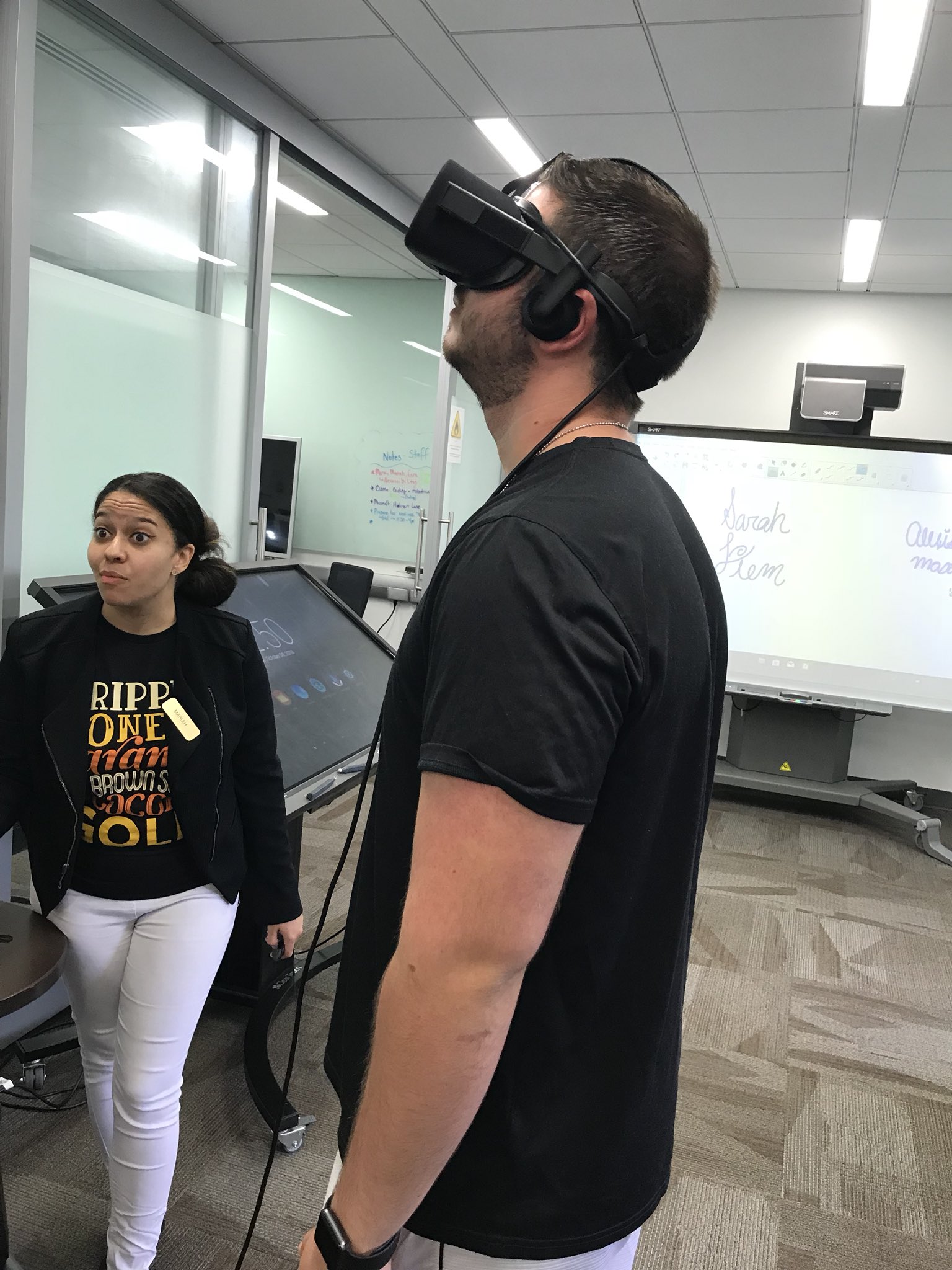Blog Post #7
My Twitter experience has been very engaging up to this point! I would not have been able to connect with fellow students, teachers, and organizations without it. By following accounts such as Edutopia, Pearson, and Education Week, I am able to see the modern developments of educational technology. Interesting articles provide examples on trends in education, how to better teach students, and includes beneficial tips on how to be the best educator possible. I have grown in the way that I connect with others, as I now share tweets with classmates and comment on their shared tweets everyday. This has kept me accountable and constantly checking Twitter for more engaging articles and peer commentary. As previously mentioned, Twitter is phenomenal for connecting across the globe, discovering intriguing news and information about our world, and to express your personal learning network through social media. The only issue that I have experienced is that I often spend too much time on the site, as I find it entertaining, but also very distracting!
The Web Design assignment has inspired me to flex my creativity with designing the page. Furthermore, I learned how to determine what information students would need, such as links to helpful websites such as Owl Purdue. Another skill that I acquired was learning how to format a website, which is something I have never done before. Now for my future, I can have a slightly easier time building my own website for a class since I have prior experience. Overall, I heavily struggle with graphic designing and assignments such as these, so I have not particularly loved this assignment. I do not design things quickly or efficiently, so I spend many hours doing these tasks. Next time, I can include more color or interesting images for my class, or maybe even a real life picture of our class when I have one. I can also include more information about me, so parents and students can feel like they know who I am in a better sense. In regard to my future, I have activated my imagination to anticipate what future me would want to say to students and parents. I have even learned how to research and compile a page of links that can assist my students, which I'll aim to remember down the line.
Assistive and adaptive technologies are devices or tools that benefit people with disabilities and learning difficulties. They are basically designed to ensure that everyone can learn as effectively as they can, and not be left behind in the classroom. The goal is to maximize their opportunities in a way that considers their needs. My friend had to use a keyboard that made it easier to type when he was in a wheelchair after a car accident. His main writing/typing hand was broken, so the keyboard was able to be in reach and could be raised, lowered, or extended for his non-broken hand to type. In my future classroom, I see challenges with the technology. I worry that I will not be able to properly accommodate for a student with a disability as of now, since I do not have much experience with the technology and need training with it. Another glaring issue is the affordability of the technology, as the student, school, or even myself may not be able to purchase or provide the technology that a student may need to have a quality education.





